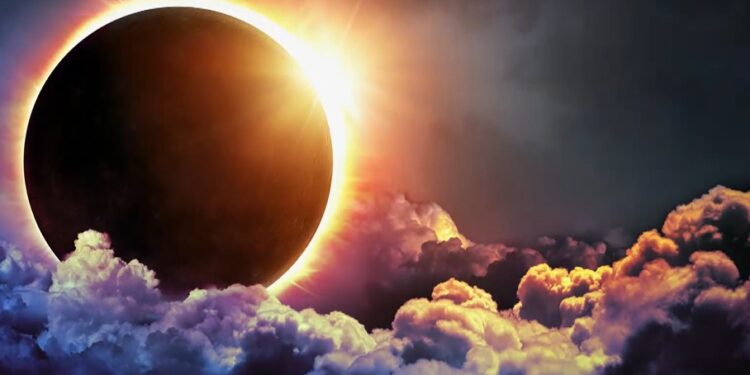MARQUETTE, Mich. (WZMQ) – In just a few days, a celestial phenomenon of the Solar Eclipse will graze the sky, with millions across the US watching.
“This is purely a coincidence other planets like Mars do not experience eclipses like we do,” commented KMI’s Director of Science Adam Kall. Our moon is in constant orbit around the Earth and is the sixth-largest moon in our entire solar system. Only twice a year, it can travel in front of the sun while it’s still daylight, resulting in the Solar Eclipse.
“With an eclipse, it appears to be less bright so our brain says ‘Oh now it’s ok to stare at that giant bright thing plus, that’s where the exciting thing is happening,” continued Kall.
Kall mentioned that even though Solar Eclipses are a unique site and the UP will only see roughly 78%, they don’t come without dangers. The sun can cause permanent damage in just a few seconds of staring. Even the clouds could be affected and because the moon covers a majority of the sun rays, it can dissipate light coverage.
“If you go to an area with a total solar eclipse think about it for a moment the power of the sun and the energy of the sun turns off for four minutes in the middle of the day, if there are cicadas out they will stop making noise as it get’s the total solar eclipse and the crickets will come out for a couple of minutes,” continued Kall.
To safely observe the solar eclipse, Kall says a pair of glasses or binoculars that have an ISO-certification number of 123 12-2 (123 12 DASH 2) can be a safe option.
“I’ve cut out a hole and put a little bit of tin foil and I’ve taken a sewing pin and poked a tiny hole that’s going to restrict the amount of light that’s allowed in the shoe box,” continued Kall.
Although the UP might only see a portion of the eclipse, preparation is key to safely view the phenomenon.
Click here to learn more about the mission behind Kall Morris Inc.


















